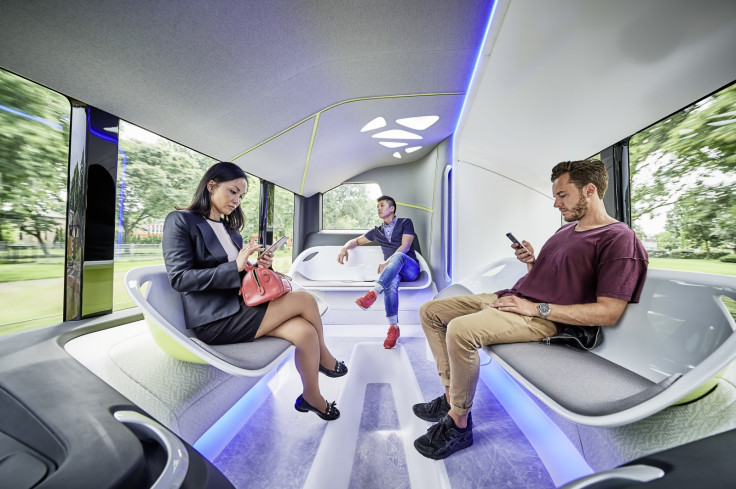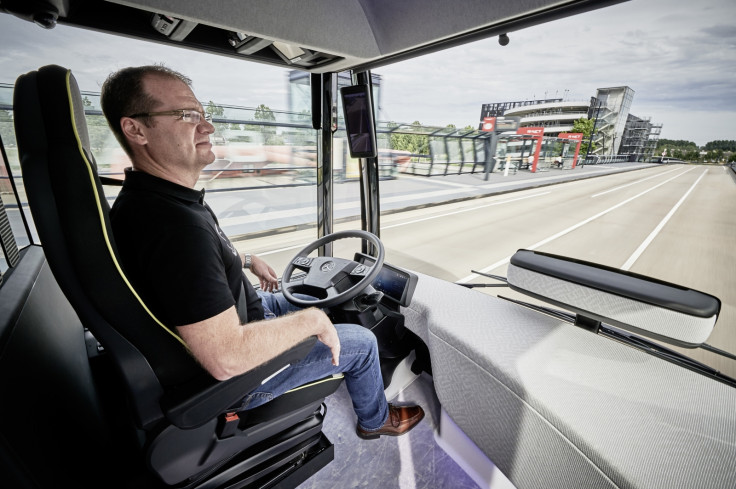All aboard the Future Bus: Mercedes on the road to autonomous public transport
Self-driving bus being trialled on public transit route between Amsterdam-Schipol airport and Haarlem.

Mercedes-Benz has road-tested its semi-autonomous Future Bus in Amsterdam to offer a glimpse of the future of public transport – and it looks a lot more luxurious than today's standards.
Mercedes' futuristic bus comes equipped with radar, cameras and the automaker's CityPilot connectivity platform, which allows it to self-drive. The vehicle has a top speed for 43mph and is capable of accelerating, steering and braking itself, and will even stop automatically at bus stops to pick up passengers. It is currently being put to the test on the 20km Bus Rapid Transport (BRT) link between Amsterdam's Schipol airport and the town of Haarlem, North Holland.

The CityPilot tech in the Future Bus is based on Mercedes' Actros Highway Pilot platform, which the company first introduced in 2014. This has now been overhauled specifically for use in a passenger bus and has received a number of new smarts in the meantime.
CityPilot is able to recognise and communicate with traffic lights, pass through tunnels and brake for obstacles. The bus incorporates approximately 12 cameras that continually scan road and surroundings, while long and short-range radar systems monitor the route ahead. The vehicle has been programmed to be particularly adept at spotting (and presumably avoiding) pedestrians on the road.

All of this, combined with an on-board GPS system, allows the bus to accurately position itself down to just a few centimetres, according to Mercedes. While the driver is able to take control of the vehicle at any time, he or she only needs to do so in accordance with traffic regulations – specifically, when there is oncoming traffic. It is little wonder then, why the company is calling its Future Bus "a milestone on the way to autonomous driving in urban public transport."
The most visible difference is the interior of the bus, which resembles nothing of the hot, cramped confines of current human cattle-herders. The open-plan seating arrangement has been designed to mimic public squares and parks, and the cabin is divided into three "zones" allocated to passengers based on the length of their journey (presumably this relies on an honesty system). You can even charge your smartphone using wireless charging pads built into the interior.
You can watch the Future Bus in action in the video below. If the future of public transport looks anything like Mercedes' envisioning, we're more than happy to climb on board.
© Copyright IBTimes 2025. All rights reserved.






















